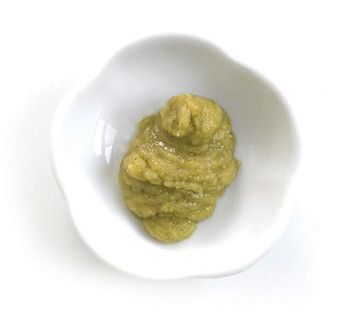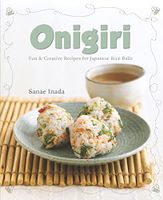Advertisement
Wasabi
Appears in
By Sanae Inada
Published 2018

Wasabi, also known as Japanese horseradish, originates from Japan. It grows along shallow rivers near the mountains. Since it requires very clean water to thrive, it is considered one of the most difficult plants to cultivate. Most wasabi sold in powdered or paste forms are made from green-tinted horseradish. Grated wasabi root is used as garnish and seasoning. The leaves and stems of the wasabi are also eaten as pickles and fried in batter. Wasabi root has a distinctive spiciness on the nose but it is sweet in the mouth. Since the heat and fragrance disappears when wasabi is mixed with soy sauce, I don’t recommend adding soy sauce to wasabi when eating sushi and sashimi. To enjoy the taste of wasabi, smear some onto sushi or sashimi and then dip it into soy sauce. The best kinds of wasabi root is bright green and feels heavy in the hand. To store fresh wasabi root, wash thoroughly under cold running water, wrap with a damp kitchen towel and cover with cling wrap. Keep in the refrigerator for up to 2 weeks.


